There are some perspectives you can only get from the air. Though drones have made aerial photography more accessible than ever to amateurs and hobbyists, sometimes the only tool for the job is a Cessna and a full-frame camera.
Being able to combine his passions for flight and photography has given Mark Holtzman a unique career as an aerial photographer. It’s a little more work than simply flying around and snapping pictures, of course, but after all the rote aspects of running the business are taken care off, Mark gets to take flight with camera in hand and pursue his photos. We spoke with him to learn a little about his work, and how he ended up finding his niche in the sky.
First, give us a brief introduction about who your current work and how long you’ve been at it.
My father introduced me to photography when I was very young and I became a pilot when I was 17. Many years later I decided to put my two passions together and become an aerial photographer. I didn’t know anything about aerial photography, but started marketing myself and taught myself as I went along.
What drove you to choose your career path?
My journey began as a musician for many years, a beach lifeguard, and a paramedic. I went into a family business to help out after my father died, but after many years needed to get out and do what something that excited and challenged me.
What do you actually spend the majority of your time doing? I imagine you probably have to plan your routes carefully, do maintenance, that sort of thing.
For every hour in the air, I spend at least a couple of hours on the ground. Planning a flight entails: finding the site to shoot, looking at the airspace restrictions, checking the weather, and preparing for the flight. After the flight I have to process all the photos and get them to the client.
What misconceptions do people often have about your job?
That it is all about just flying around, but there is a lot more to it, as with any business. It’s a unique job and people are always anxious to hear about it.
What are your average work hours?
Because of the weather issues, I can be working everyday, including the weekends. I start about 8AM and am often working well into the evening. Days vary: marketing, pre-flighting, flying, processing, and billing.
Above: Mark discussing his work at the Annenberg Space for Photography.
What personal tips and shortcuts have made your job easier?
A lot of the online programs have made my life easier, especially with marketing, flight planning, and accounting. Over the years, faster computers have also helped, since the files sizes in cameras are so much bigger then they used to be.
What do you do differently from your co-workers or peers in the same profession?
I spend time talking with the client to find out what they are looking to achieve with the aerial photographs. The more information I can get about their needs, the better it is to get them what they want. Every aerial photo shoot is different and I work hard to make sure that my clients are very satisfied with the final product.
What’s the worst part of the job and how do you deal with it?
When you love what you do, there really aren’t a lot of bad parts, but I am not a big fan of fueling my plane myself. I would much rather have someone else fuel it!
What’s the most enjoyable part of the job?
Probably flying and taking photographs, but I do like speaking with and learning about my clients.
What kind of plane do you fly? Is there a reason that plane in particular is good for your photography?
I fly a Cessna 206 which is a single-engine airplane. It’s big and stable with room to move around. We have a hole in the bottom of the plane for vertical photographs and a big window that I can stick my head out of for oblique work.
What sort of camera gear do you use?
Mainly Canon equipment but I also use a Nikon on occasion. I do buy the best lenses for both, which really makes a difference.
Do you typically fly alone or do you have a co-pilot?
[I] almost always takes a co-pilot for safety. [I] do not recommend flying alone, both for safety and picture quality. Photographers who fly and shoot alone don’t usually have the quality that I like in a photograph.
How do you feel about drones/quadcopters making aerial photography more accessible?
There’s definitely a niche for drones. They’re great for low altitude videos, but most have small cameras, so the photographs are not the same quality. They’re not really cost effective, as you have to drive to each location and set up, while I can fly multiple sites in a day. Drones do fly lower, but I have found that lower is not necessarily better. And of course, at this time they’re not legal for most commercial uses.
Do you typically work for clients, or sell individual photos? Simply put, how do you usually make money?
On my commercial end, I work with clients who hire me to photograph a project. I do sell a lot of stock photographs both for commercial use and art.
What advice would you give to those aspiring to join your profession?
There’s a big learning curve with flying and photographing out of an airplane. It can be dangerous. You need to know your limitations. We fly at 100 miles per hour over crowed areas, so safety is number one. However, the perspective you get from an airplane is something special.
If you’d like to see me talk about what I do, I did a talk about aerial photography at the Annenberg Space for Photography that be accessed online.
This interview has been edited for clarity. Photos by Mark Holtzman.
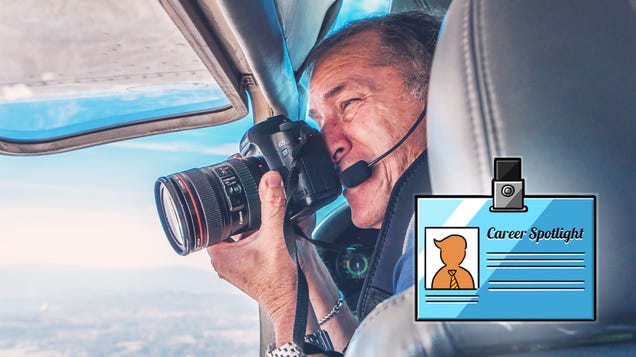
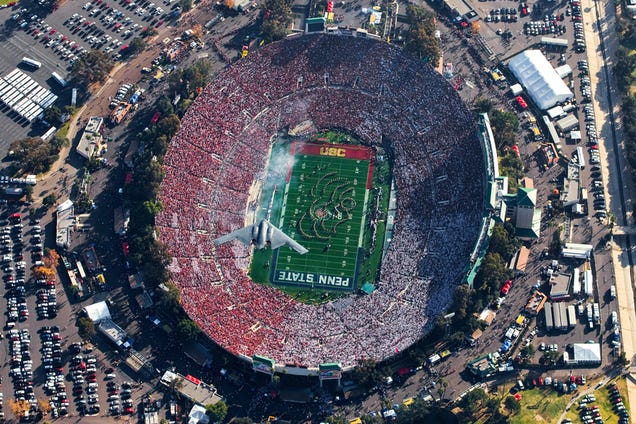
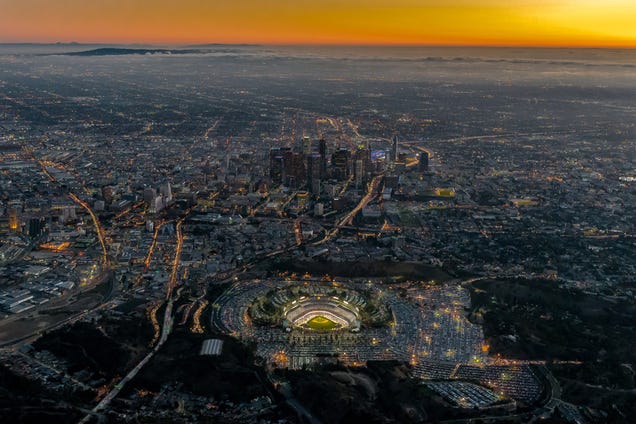
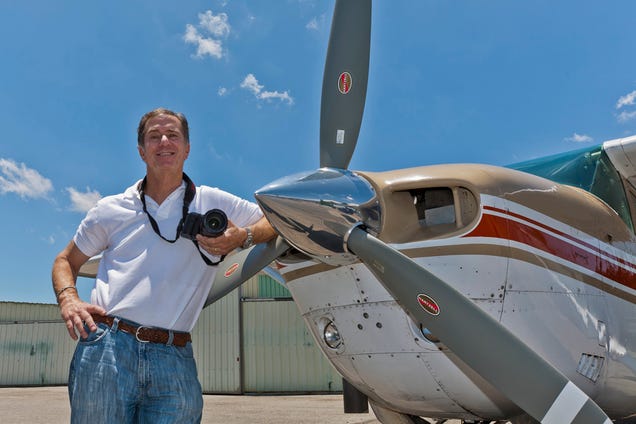
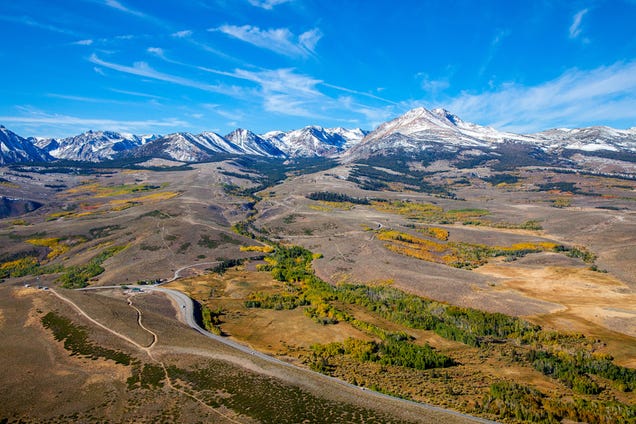
Комментариев нет:
Отправить комментарий